NATIONAL STANDARD OF THE RUSSIAN FEDERATION
PRODUCTS. OBTAINED BY THE METHOD
ADDITIVE TECHNOLOGICAL PROCESSES
General requirements
Date of introduction - 2017-12-01
- Application area
This International Standard specifies general requirements for materials, additive manufacturing processes, product control methods, and personnel qualifications.
- Normative references
This standard uses normative references to the following standards:
GOST 12.2.003—91 Occupational safety standards system. Manufacturing equipment. General safety requirements
GOST 28378—89 Iron-based structural powder materials.
GOST R 57558—2017 Additive technological processes. Basic principles. Part 1. Terms and definitions
Note - When using this standard, it is advisable to check the validity of the reference standards in the public information system - on the official website of the Federal Agency for Technical Regulation and Metrology on the Internet or according to the annually published information index "National Standards", which was published as of January 1 of the current year , and by the issues of the monthly published index "National Standards" for the current year. If replaced by a reference standard, some is given an undated reference. it is recommended to use the current version of this standard, taking into account all changes made to this version. If the referenced standard to which the dated reference is given has been replaced, it is recommended to use the version of that standard with the above year of approval (acceptance). If, after the approval of this standard, a change is made to the referenced standard to which the dated reference is given, affecting the provision to which the reference is made, then that provision is recommended to be applied without taking into account that change. If the reference standard is canceled without replacement, then the provision in which the reference to it is given is recommended to be applied in the part that does not affect this reference.
- Terms and definitions
In this standard, the terms in accordance with GOST R 57558—2017 are used.
- Material requirement
A specification must be drawn up for all metallic and non-metallic materials used in the additive manufacturing process.
Raw materials used for processing in the additive technological process:
- photopolymers;
- polymers:
- powdered polyamides.
- powders and threads from thermoplastic polymer materials:
Official edition
- powders from metals and alloys:
- based on nickel and cobalt, titanium, aluminum, copper, precious metals.
- iron-based (instrumental, nickel-mopibdenum, chromium, manganese, chromium-nickel-manganese, stainless steels):
- non-polymer and non-metallic materials (ceramics, sand, gypsum, etc.).
The requirement for the material is established in the design documentation, in the technical conditions, in the terms of reference for the manufacture of the product.
- Requirement for methods of additive technological processes
Basic methods of additive manufacturing processes:
binder jet application - a technological process in which powder materials are combined by selective application of a liquid binder;
direct supply of energy and material - a technological process in which energy from an external source is used to combine materials by fusing them during application;
material extrusion - a technological process in which material is selectively fed through a nozzle or jet;
jet application of material - a technological process in which the manufacture of an object is carried out by applying drops of building material;
synthesis on a substrate - a technological process in which the surface of a previously applied layer of powder material is selectively completely or partially melted by thermal energy;
sheet lamination - a technological process in which the manufacture of a part is carried out by fastening sheets of material;
photopolymerization in a bath - a technological process in which a liquid photopolymer in a bath is selectively cured (polymerized) by light radiation.
Design and technological documentation for methods of additive technological processes. is developed in accordance with the requirements of the standards of a unified system of design documentation, a unified system of technological documentation.
- Product requirement
The requirement for the product is established in the design documentation, in the technical condition, in the terms of reference for the manufacture of the product. The basic requirements for the geometric parameters, chemical composition and mechanical properties of the product are set depending on the purpose of the product in operation (see table 1}.
Table 1 - Basic Product Requirements
|
For products of groups 1–3 (Table 1), additional requirements include: wear resistance, hardness, type of metal fracture, mechanical properties for products with a wall thickness over 0.2 mm. mechanical properties at low and high temperatures, tightness, microstructure. density, corrosion resistance, heat resistance. resistance against microcrystalline corrosion. content of gas impurities and others.
For products of the 2nd and 3rd groups, it is allowed to replace the controlled indicator "Yield limit" with the indicator "Temporary resistance" only at the request set out in the terms of reference, technical condition, design documentation.
- Requirements for control methods
Control methods must comply with the requirements of the standards for the corresponding control methods or the organization's standards specifying the methods of control of products. In the absence of these standards, it is allowed to carry out control according to the methodological instructions contained in the design (project) documentation.
- Requirements for the composition and qualifications of service personnel
The composition of the service personnel and their qualifications must ensure the trouble-free operation of the equipment. When servicing technological equipment, you should strictly observe - "Technical conditions" and "Operation manual".
UDC 774: 002: 006.354
OKS 71.020
71.100.01
77.160
Key words: additive technologies, additive manufacturing. 3D printing. 3D printer. 3D scan
rationing. General requirements
BZ 7—2017 / 84
Published and printed by FGUP STANDARTINFORM. 123001 Moscow. Pomegranate lehr., 4.
www.90slinfo.1u mfo@goslinfo.ru

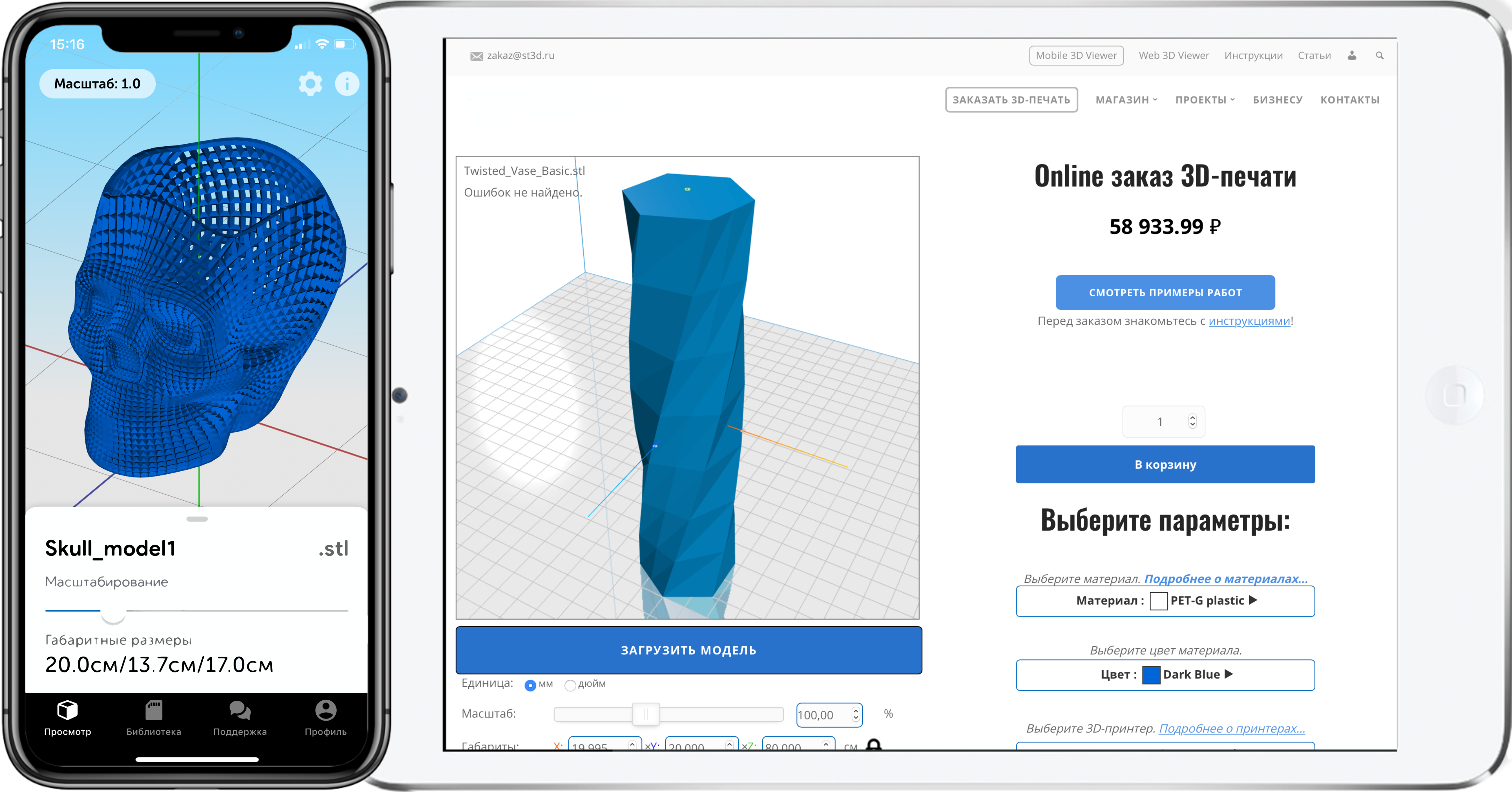



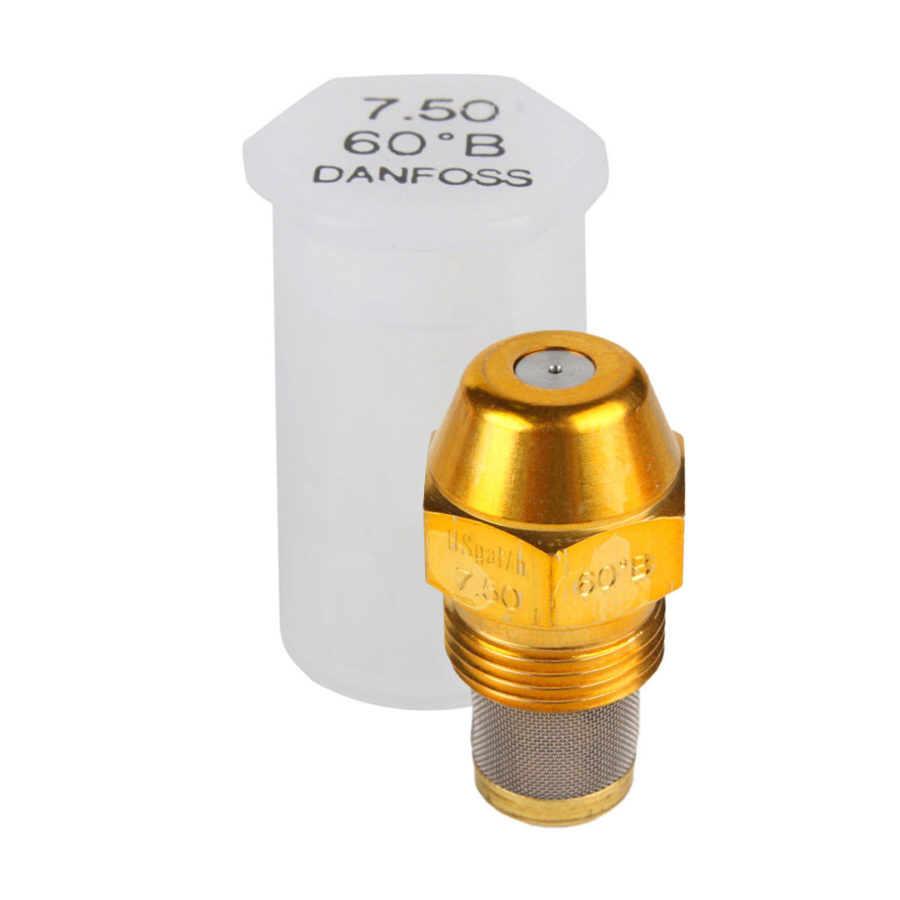
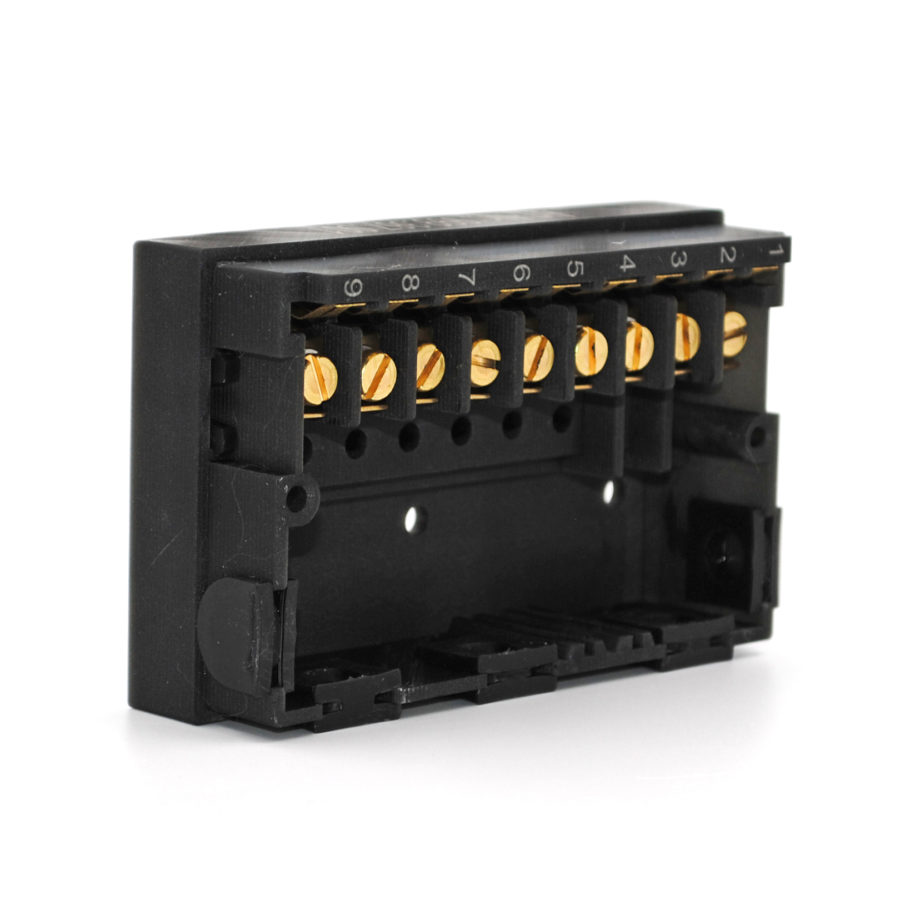
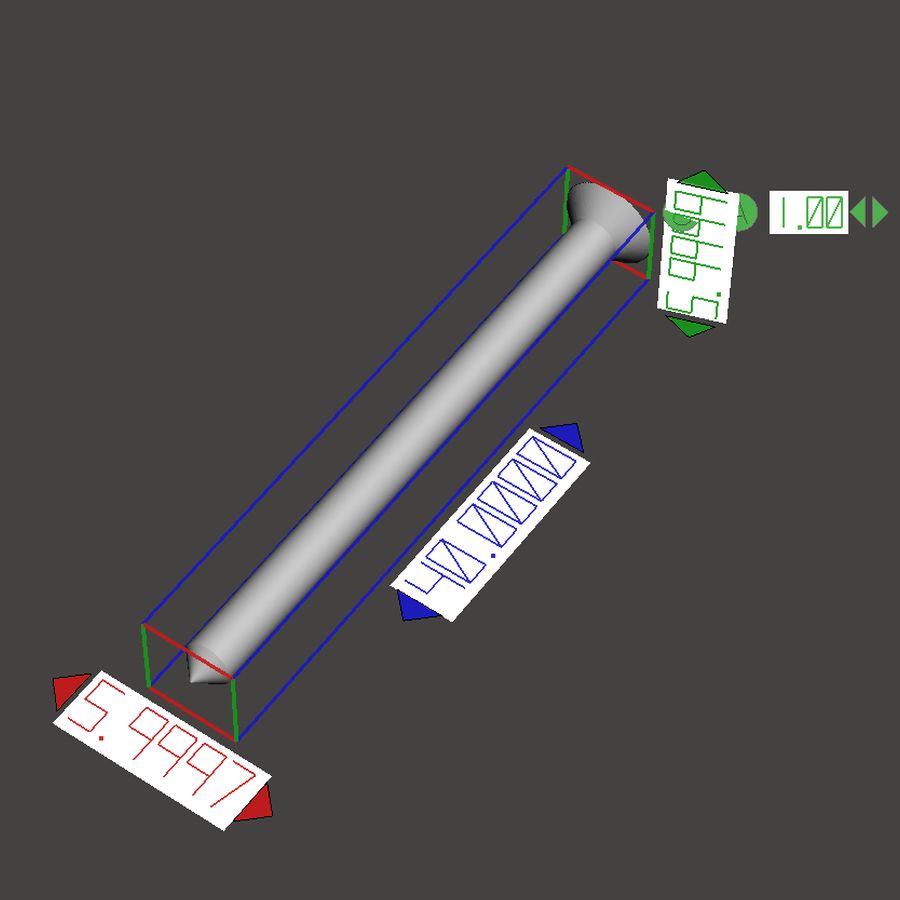
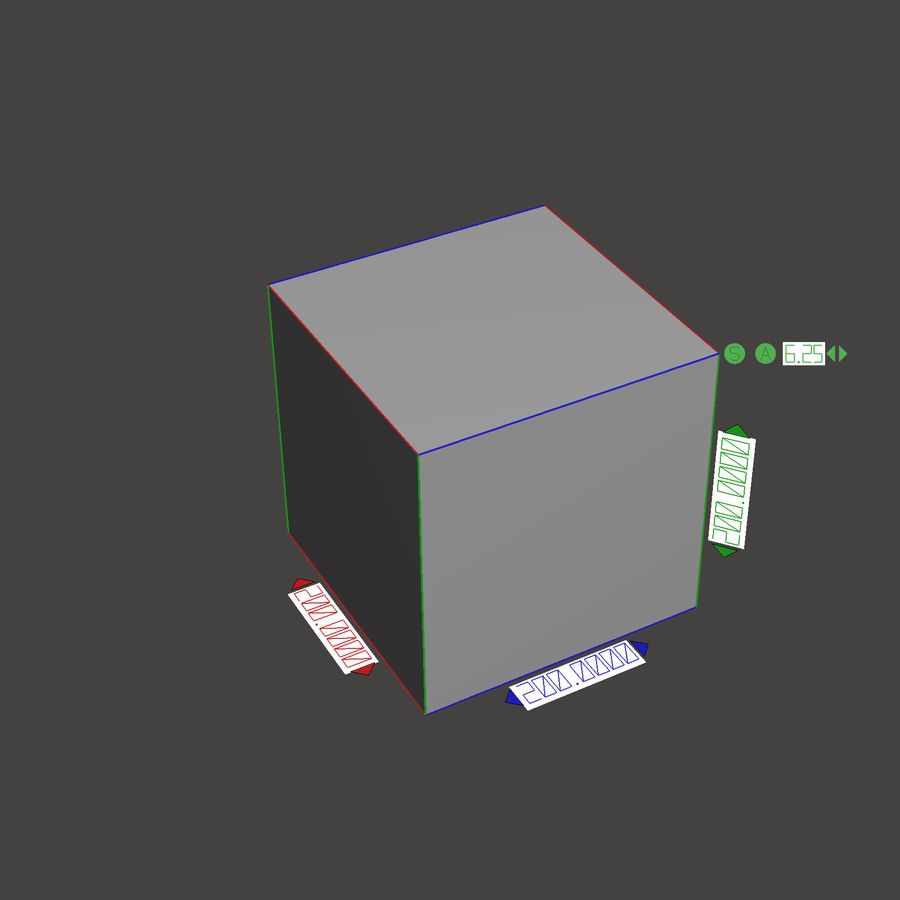
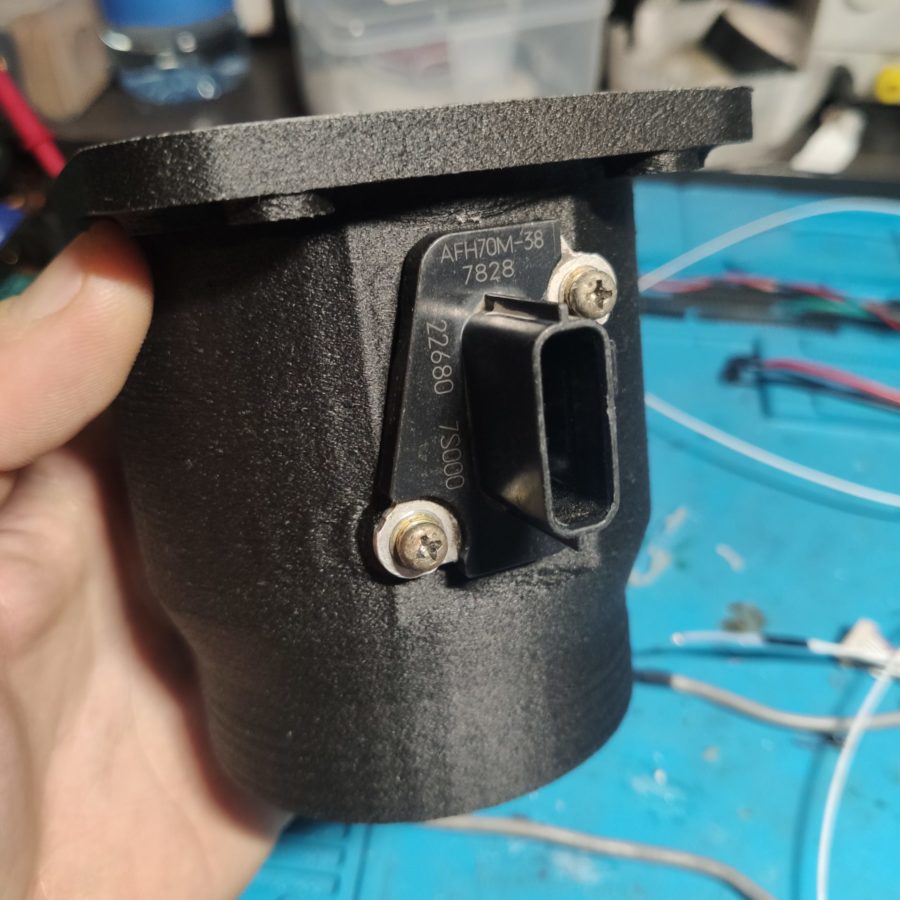

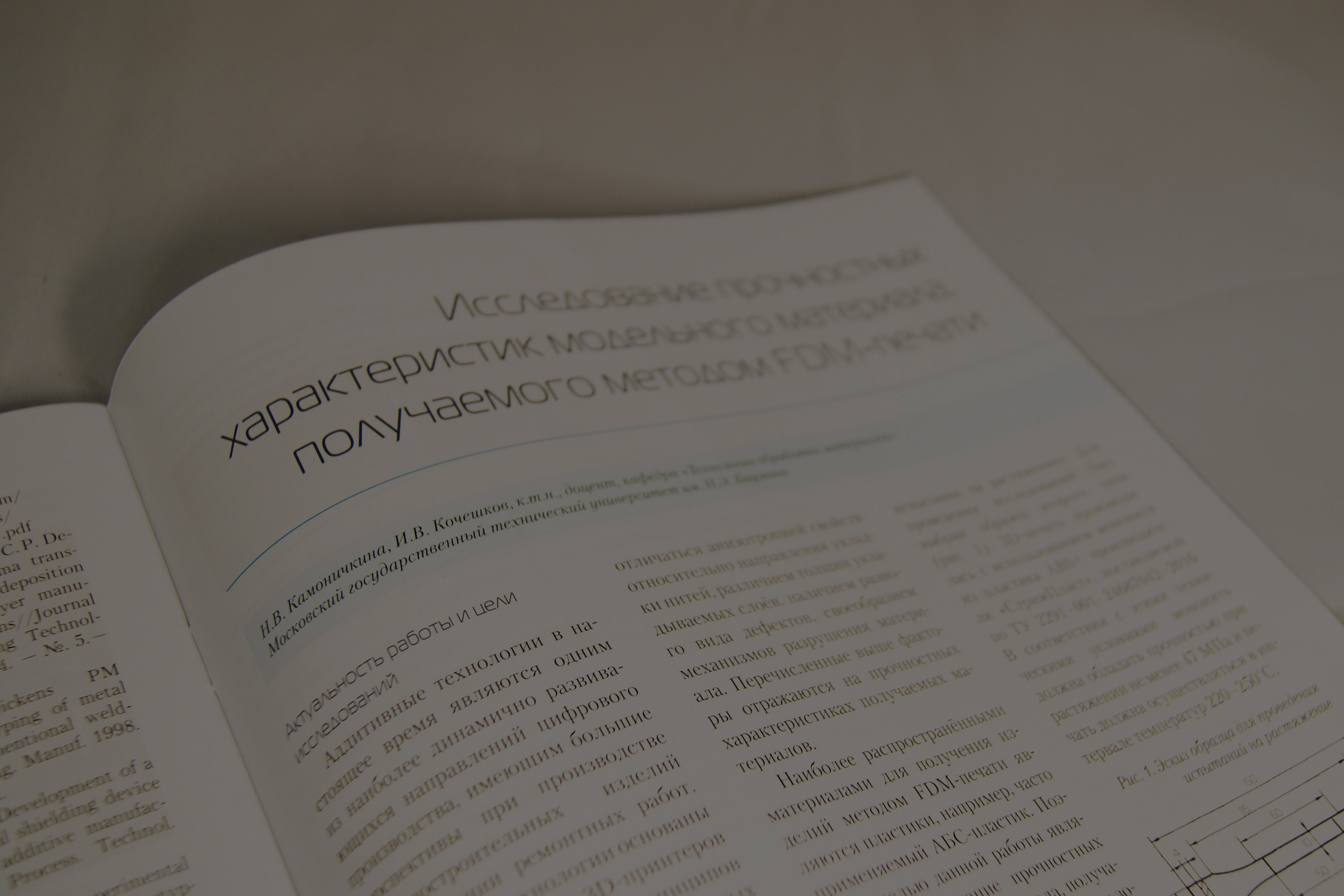
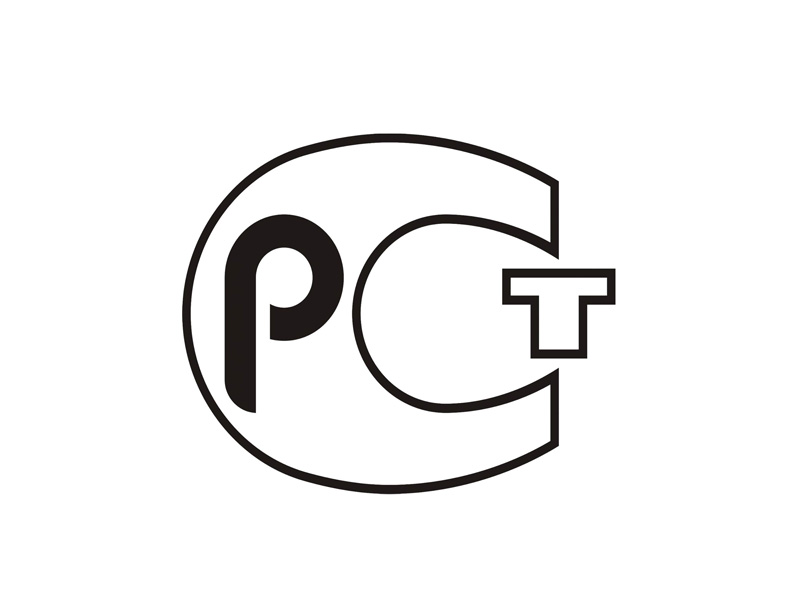
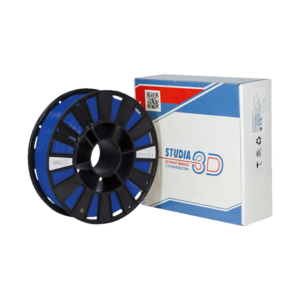
Author: Studia3D. Ru
More articles from Studia3D. Ru